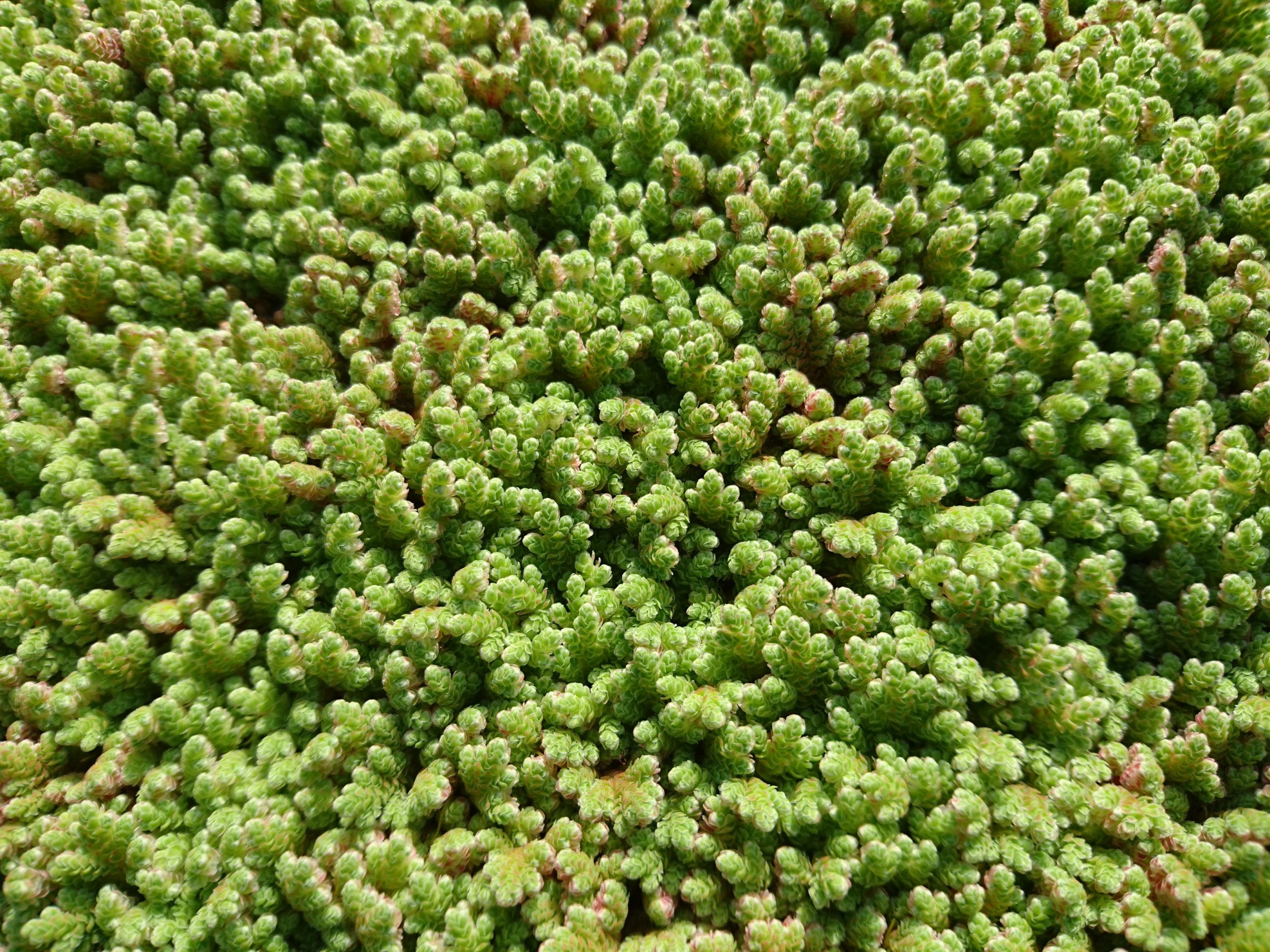A selection of invasive species
Discover more about some of the worst types of invasive species threatening biodiversity and the environment across the world. For more detailed information, our invasive species tools and resources bring together a wide range of science-based information to support the public, researchers and policy makers in managing invasive species.








